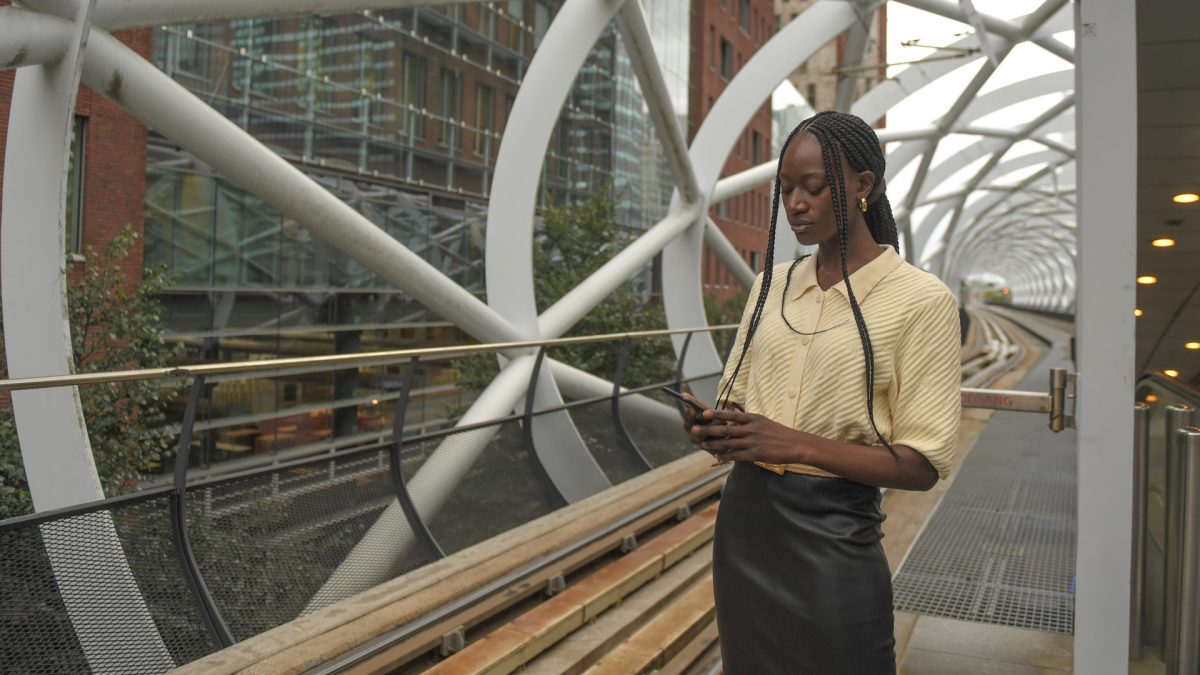Adoption of the bitcoin Lightning Network is increasing

13 December 2022
The payment network developed to execute fast and cheap Bitcoin transactions is increasingly being supported. Thanks to exchanges that have recently started supporting the network, the capacity of the payment network has increased to over 5000 BTC, according to research firm Arcane. Cash App with 70 million users is also joining the Lightning Network.

Limitations of Bitcoin as a means of payment
For large transactions, such as bank transfers or international transfers, the speed and cost of Bitcoin are comparable or better than alternatives. However, before Bitcoin can be used for small everyday payments, transaction speed must increase significantly and transaction fees must decrease.
On Bitcoin's blockchain, the average confirmation time for a payment is about 10 minutes. This makes it impractical for paying for a cup of coffee, a sandwich, a train ticket, or anything else where speed is expected. Transaction time and transaction fees can also vary widely. This is because they are influenced by factors such as total network activity.
When the Bitcoin network is congested, there is a backlog of transactions. This results in users paying more transaction fees to expedite their transactions. In April 2021, when network activity peaked, you paid as much as 60 euros for a Bitcoin transaction. This year, the average fee for a Bitcoin transaction was 1.30 euros.
“
The Bitcoin blockchain holds great promise for distributed ledgers, but the blockchain as a payment platform, by itself, cannot cover the world’s commerce anytime in the near future.
In response to these problems, the lightning network was proposed in a whitepaper in 2016. Two years later, in 2018, the beta (test version) was launched. Research by Arcane shows that the network's capacity has grown by a whopping 25 percent in recent months to over 5000 BTC.
What is the Bitcoin lightning network and how does it work?
The lightning network is a second-layer technology built on top of Bitcoin's blockchain. It is a payment network that drastically reduces the cost of Bitcoin transactions and increases transaction speed. By offering lightning payments, Bitcoin becomes instantly suitable for microtransactions.
How does it work? In the lightning network, payment channels are central. Anyone using lightning must have at least one payment channel open to another participant in the network. Payments then find their own way through the network from the payer to the payee. It's like connecting a computer to the internet. After plugging in the cable, the data packets automatically go from A to B and back again.
At present, the lightning network is still young enough that a usable payment route cannot always be found between two users. In that case, they can open a payment channel directly with each other. It is expected that such teething problems will disappear as the size of the lightning network grows and the underlying technology matures.
Interaction with the base layer of Bitcoin is only necessary for opening and closing a payment channel. All activity between those two moments takes place only on the second layer. This increases the scalability of Bitcoin and makes it possible to perform lightning network payments quickly and cheaply.
Lightning network towards mass adoption?
With 70 million users, one of the most popular mobile payment services in the US, Cash App, is connecting its users to the lightning network. Bitfinex, River, and Kraken have also added 350 BTC to the lightning network in the past month. Strike, a well-known payment service provider, recently raised $80 million to further develop its products and services around the lightning network. At the time of writing, the lightning network has 15,965 nodes, 75,452 active channels, and more than 5,116 BTC capacity worth nearly 90 million euros.
Of course, much more is needed before mass adoption of the lightning network can be achieved. We expect further developments in the coming period to stimulate its use, such as investments in the ecosystem, user-friendly lightning wallets, and other related products and services. All in all, the development of the lightning network seems to be accelerating worldwide.
Is Bitcoin a fast payment system thanks to the lightning network?
It's still too early to be sure. The lightning network is young and needs to be further developed. If the lightning network delivers on its promises, it could become the most important way people use Bitcoin as a global payment system in the future.

Our website uses cookies
We use cookies to personalize content and advertisements, to offer social media features and to analyze our website’s traffic. We’ll also share information about your usage with our partners for social media, advertising and analysis. These partners can combine this data with data you’ve already provided to them, or that they’ve collected based on your use of their services.